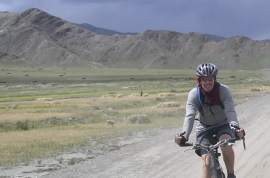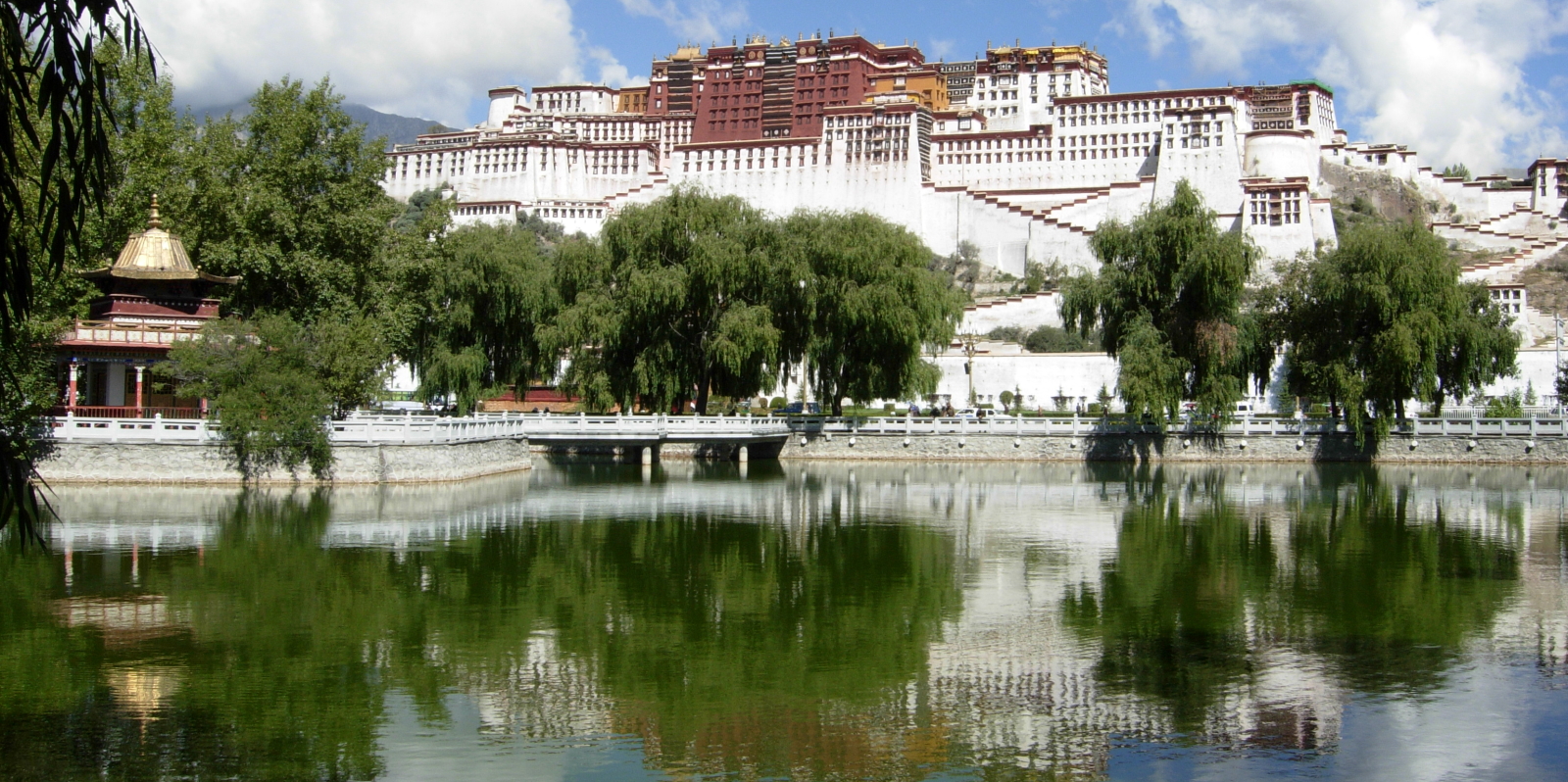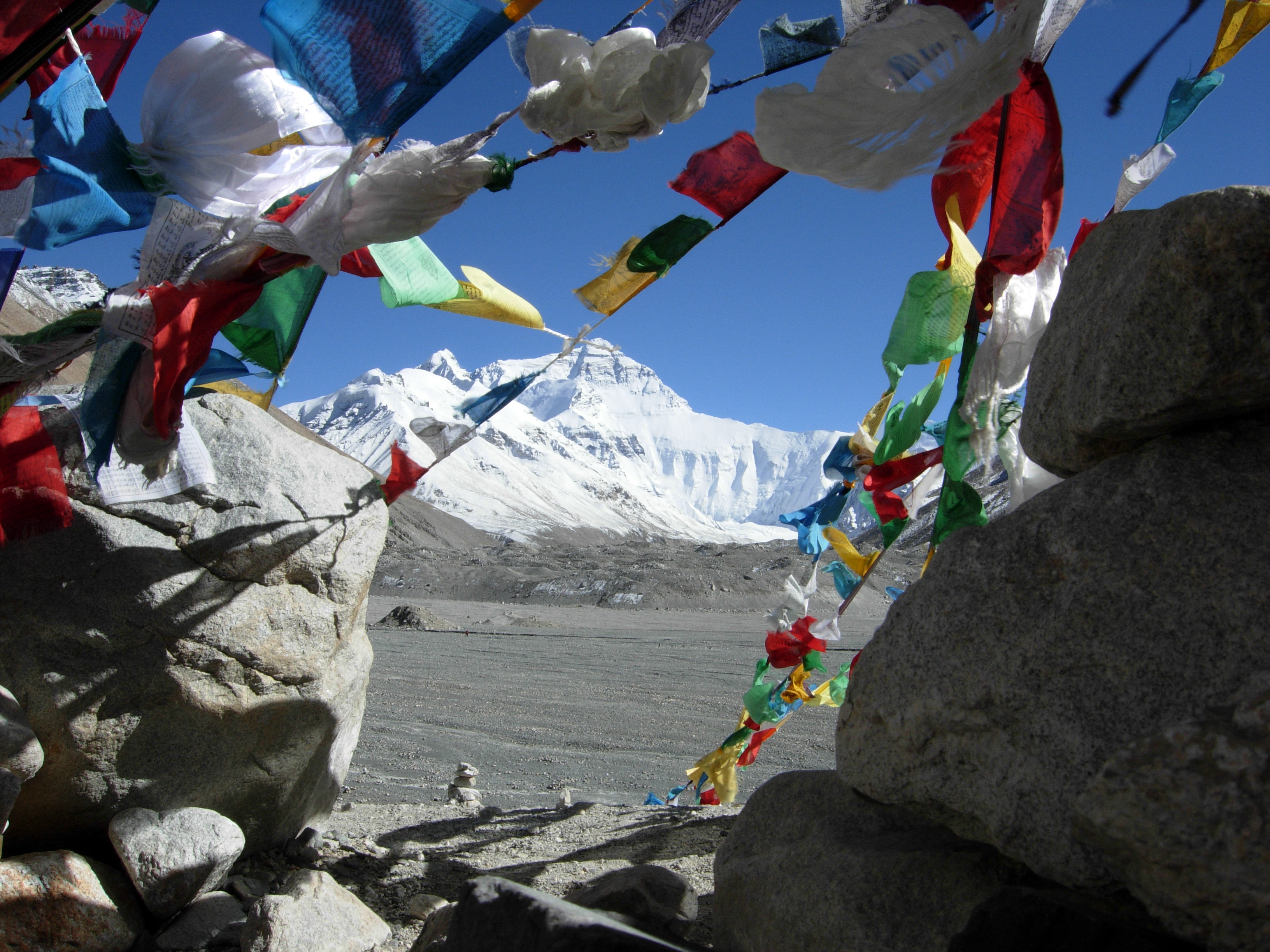No land has captured man’s imagination for its remoteness & almost mystical aura as TIBET, the forbidden kingdom on the roof of the world. Captivated by Tibet’s mystic charm & ruggedness great explorers & adventurers of the century have ventured into this holy land rendered inaccessible by the hostile natural conditions & bandits that waylaid them through the Himalayas.
Tibet houses four out of fourteen highest mountains in the world exceeding 8000m. This vast land is also the cradle of great rivers like the Yangtze, Mekong, Yarlong Tsangpo (Brahmaputra), Indus, and Ganges. Tibet also offers awe-inspiring scenery of heavenly lakes and valleys.
Despite untold ravages brought about during the Cultural Revolution, Tibet’s past grandeur, majesty, magic & mystery still remains undiminished and can be discovered in our Tibet tour. One can still see nomads herding their yaks, pilgrims worshipping at sacred shrines & the expansive, striking & enduring Himalayan topography. Tibet is truly an `adventurers’ paradise’. Tibet borders with India, Nepal, Sikkim, Bhutan and Burma in south and is bounded by Kashmir on the west.
As the most important cities of Tibet, Lhasa, Gyantse and Shigatse feature most of the religious monuments including the Potala, the Jokhang Temple, Tashilunpo Monastery and Kumbum.
Western Tibet is a vast barren plateau where the sacred Lake Manasarovar joins the sacred mountain, Mt. Kailash. It is a holy pilgrimage destination for both Tibetans and Hindus and, as an area of awe inspiring majesty, offers an incredible experience for those interested to trek here in a sensitive manner.
Geography
Geographically, Tibet can be divided into three major parts, the east, north and south. The eastern part is forest region, occupying approximately one-fourth of the land. Virgin forests run the entire breadth and length of this part of Tibet. The northern part is open grassland, where nomads and their yak and sheep dwell. This part occupies approximately half of Tibet. The southern and central part is an agricultural region, occupying about one-fourth of Tibet's land area with all major Tibetan cities and towns such as Lhasa, Shigatse, Gyantse and Tsetang. It is considered the cultural centre of Tibet. Tibet spreads over 1,200,000 square kilometres
Weather
Although the Tibetan climate is not as harsh as many people imagine, be prepared for sudden drops of temperature at night, particularly in Western Tibet. The best time of year to be in Tibet is between May and early November, after which temperatures start to plummet. However, in May and June there is a wind factor to consider and dust storms are not unusual. These are not pleasant if you're cycling but usually come in squalls and can be seen coming. Lhasa and Shigatse experience very mild weather between May and November although July and August can be rainy. These two months usually see around half of Tibet's annual rainfall.

A 24 days Mountain Biking Adventure the world's highest mountain bike journey. This is a classic ride that has to be done...
Details
Book/Ask
24 days From $4448
Mountain Biking



